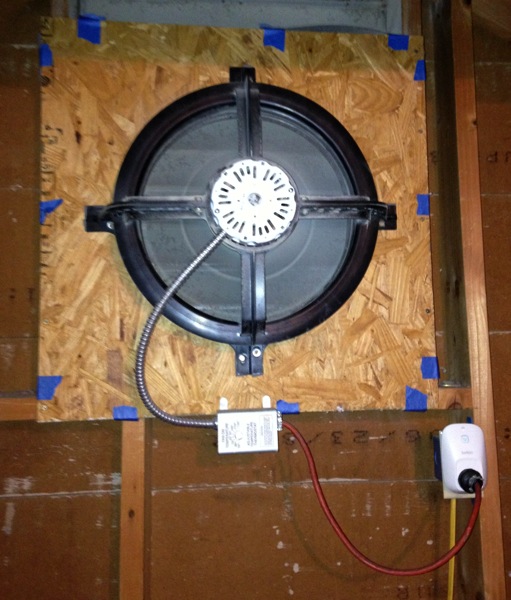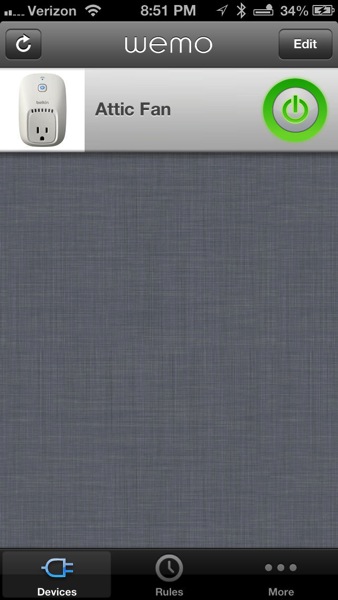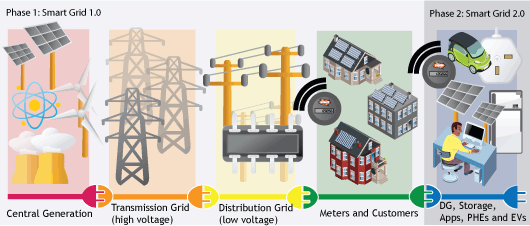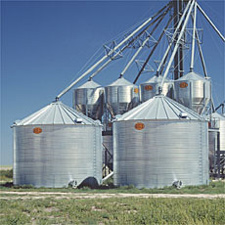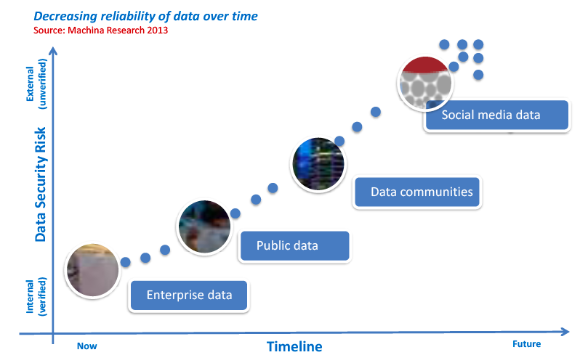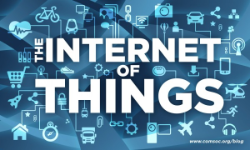#IoT and #YellowJeepProject Convergence

In response to a Tweet I recently posted about my #YellowJeepProject weight loss journey, Shannon O’Keefe suggested that I should take a look at the QNX Jeep Wrangler Reference vehicle. What a cool way to show off the “QNX CAR Platform for Infotainment“!
The QNX CAR Platform for Infotainment is a unique set of pre-integrated and optimized technologies from QNX Software Systems and dozens of ecosystem partners. Designed for flexibility, this unique platform provides development teams with a variety of options for building reliable world-class infotainment systems that keep pace with ongoing advancements in mobile device markets.
All of a sudden, I sensed a great convergence between my interest in the Internet of Things and my personal love for Jeeps.  What a great idea to have such leading edge, Internet-ready technology showcased in a vehicle that has become symbolic of freedom and adventure.  I’m sure those innovative folks who designed the first Jeep 72 years ago didn’t have a clue of what we are seeing now! It is stuff like this that moves us closer and closer to make connected cars a reality.
I enjoyed a subsequent exchange with Paul Leroux, who authored the blog post about the Jeep reference vehicle.  I learned that both Shannon and Paul had offered their own garages to park the Jeep, so I knew better than to request that privilege.  I hope to see it sometime while it is on tour, or somehow wrangle (pun intended) a trip to its home base in Ottawa.
A short video about the making of the QNX reference vehicle is fun to watch. Â Now, I could only convince the QNX folks to paint the Jeep yellow!

